Arctic Protection & Security Services: Supporting Inuit Communities in Nunavut and Nunavik
- bouf55
- Sep 13
- 5 min read
The Arctic represents one of Canada's most challenging security environments, where traditional approaches often fall short of addressing the unique needs of remote Indigenous communities. In Nunavut and Nunavik, effective security services must go beyond conventional models to embrace culturally respectful, community-centered approaches that recognize Inuit peoples as essential partners rather than passive recipients of protection.
Arctic sovereignty fundamentally depends on the strength and wellbeing of Inuit communities, who serve as the first line of defense and most knowledgeable guardians of these vast northern territories. This reality demands security training and services that honor traditional knowledge while incorporating modern protective capabilities.
Understanding the Arctic Security Landscape
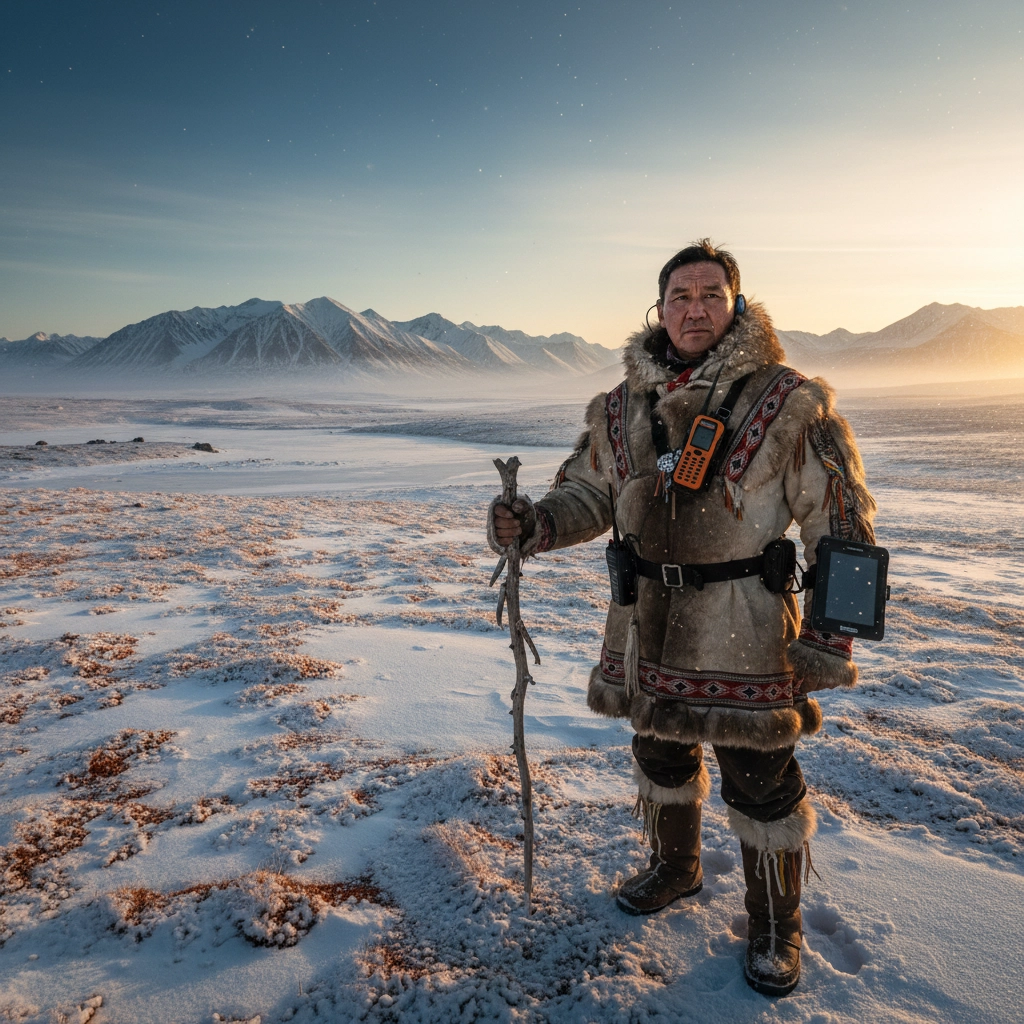
The Arctic security environment presents unprecedented challenges that require specialized expertise and cultural sensitivity. Inuit communities across Nunavut and Nunavik face unique security considerations including extreme weather conditions, geographic isolation, limited infrastructure, and the need to protect both people and cultural heritage.
Traditional security models designed for southern urban environments prove inadequate in Arctic settings. Effective protection requires understanding that Inuit peoples possess inherent advantages for Arctic operations through their deep cultural knowledge, traditional survival skills, and permanent presence throughout the region. As rights holders who have "used and occupied these lands, waters and ice" for generations, Inuit communities bring invaluable insights to contemporary security challenges.
The Canadian Rangers exemplify successful Indigenous-centered security, consisting primarily of northern residents who "live in the arctic countryside, survive its hardships, provide reconnaissance, and protect" their territories. These community members serve as "the eyes, the feet of the tundra, and the waters and the ice," demonstrating how local knowledge enhances national security objectives.
Cultural Considerations and Community Partnerships
Respectful security services in Inuit communities require genuine partnership rather than imposed external solutions. Effective programs recognize that Arctic Indigenous peoples are "not subject to many of the political pressures" that complicate traditional military approaches, creating opportunities for innovative cooperation models.
Cultural competency becomes paramount when developing security protocols. This includes understanding traditional governance structures, seasonal patterns of community life, hunting and fishing rights, and the importance of maintaining cultural practices alongside security objectives. Security personnel must receive specialized training in Inuit customs, languages, and traditional knowledge systems.
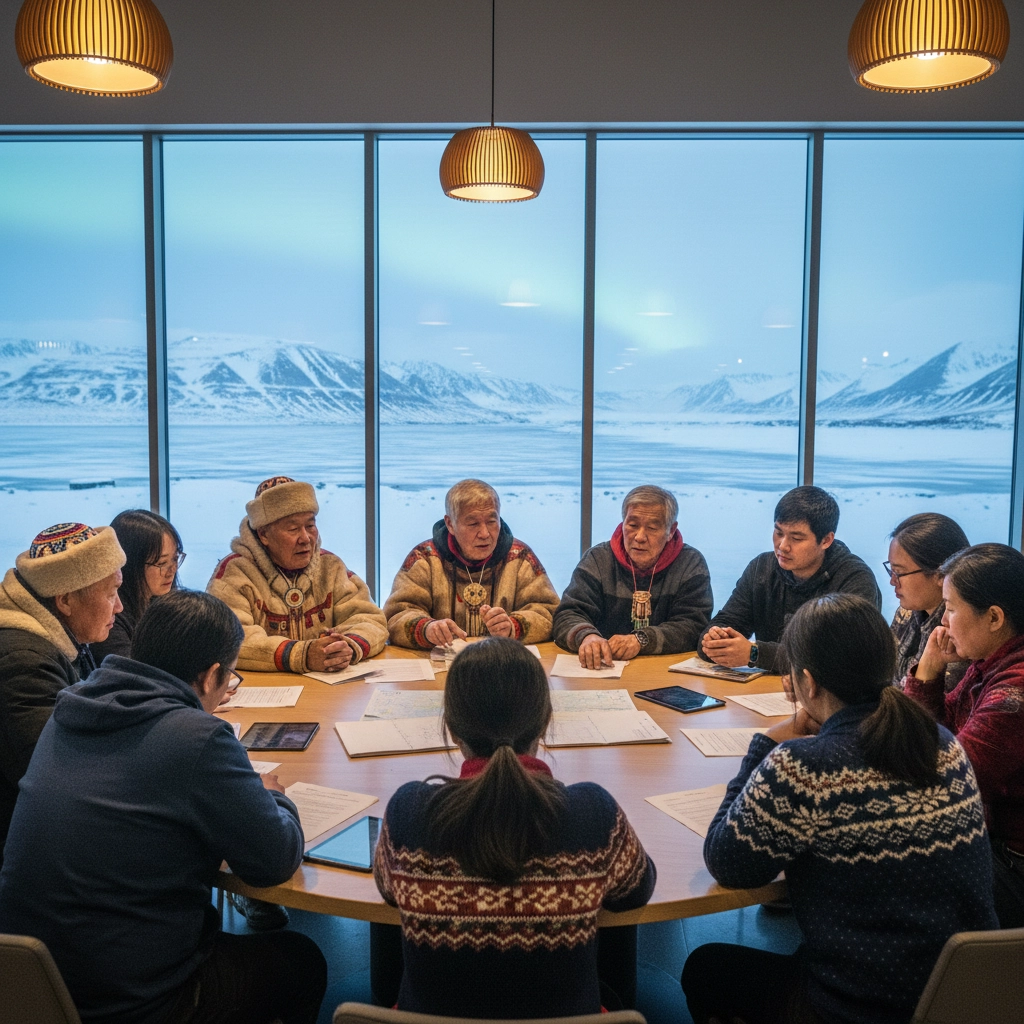
Community consultation remains essential throughout the planning and implementation process. Local Inuit organizations, elders, and community leaders provide guidance on culturally appropriate approaches while identifying specific security concerns unique to their territories. This collaborative model ensures that security services strengthen rather than disrupt traditional community structures.
Specialized Training for Arctic Conditions
Arctic security operations demand specialized preparation that goes far beyond standard security training. Personnel must develop expertise in extreme weather survival, ice safety, wildlife awareness, and operating sophisticated equipment in harsh conditions. Traditional Inuit knowledge becomes invaluable in these training programs, offering time-tested strategies for Arctic survival and navigation.
At SecuGuard Academy, we recognize that effective Arctic security training must integrate Indigenous knowledge with modern protective techniques. Our programs emphasize adaptability, cultural sensitivity, and the unique skills required for remote operations. Training modules cover specialized topics including:
Arctic survival and emergency response protocols
Traditional navigation techniques and weather reading
Community engagement and cultural competency
Equipment maintenance in extreme conditions
Wildlife encounter procedures and environmental protection
Communication systems for remote locations
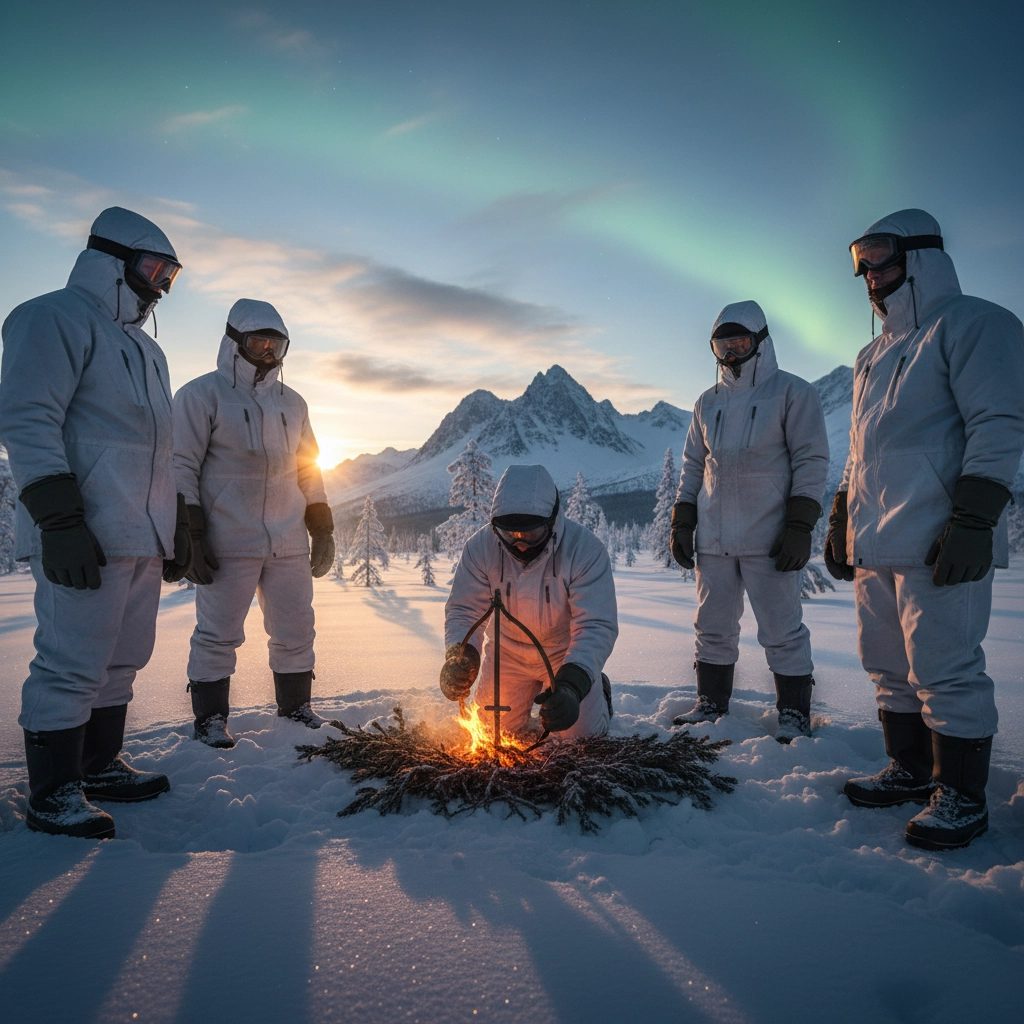
The integration of traditional knowledge with contemporary security training creates more effective and culturally appropriate protection services. Indigenous Arctic knowledge, taught alongside modern security protocols, prepares personnel for the realities of Arctic duty while respecting local customs and practices.
Environmental and Remote Operational Challenges
Arctic security services must address the unique environmental challenges of operating in some of the world's most remote and harsh conditions. Temperature extremes, limited daylight during winter months, vast distances between communities, and unpredictable weather patterns all impact security operations significantly.
Environmental protection becomes a critical component of Arctic security services. Inuit communities depend heavily on pristine natural environments for traditional hunting, fishing, and cultural practices. Security operations must incorporate environmental stewardship while maintaining protective capabilities. This includes specialized training in spill response, wildlife protection, and minimizing operational impact on fragile Arctic ecosystems.
Remote patrol capabilities require different approaches than those used in more accessible regions. Security personnel must be prepared for extended periods of isolation, self-sufficiency requirements, and limited communication capabilities. Traditional Inuit travel methods and survival techniques often prove more reliable than modern technology in extreme conditions.
Technology Integration with Traditional Knowledge
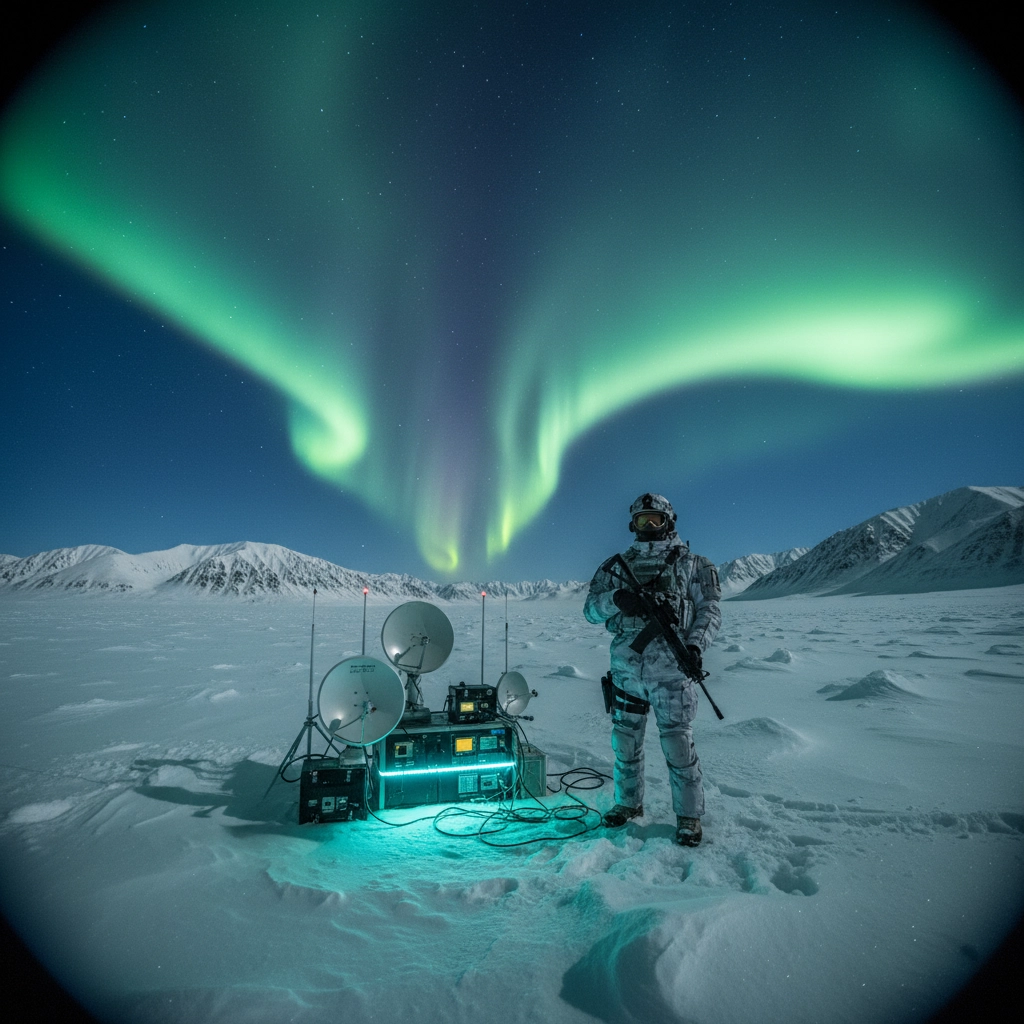
Modern Arctic security increasingly relies on technology integration that complements rather than replaces traditional knowledge systems. Satellite communication, GPS navigation, weather monitoring systems, and emergency beacon technology enhance security capabilities while respecting Indigenous expertise in Arctic survival and navigation.
Successful technology deployment requires understanding how to integrate modern tools with traditional practices. For example, GPS systems prove invaluable for coordinate-based communications, but traditional weather reading and ice conditions assessment often provide more accurate local information than satellite data.
Training programs must prepare security personnel to operate effectively when technology fails, as frequently happens in Arctic conditions. This creates natural opportunities to incorporate traditional knowledge as both backup systems and primary operational methods in certain situations.
Building Sustainable Security Partnerships
Effective Arctic security services require long-term partnership development rather than short-term deployment approaches. Sustainable programs invest in local capacity building, train community members for security roles, and create pathways for career advancement within their home communities.
Community-based security models offer several strategic advantages over traditional external deployment approaches. Local residents understand seasonal patterns, community dynamics, potential threats, and cultural sensitivities in ways that external personnel cannot quickly master. This knowledge proves invaluable for threat assessment, emergency response, and ongoing protective services.
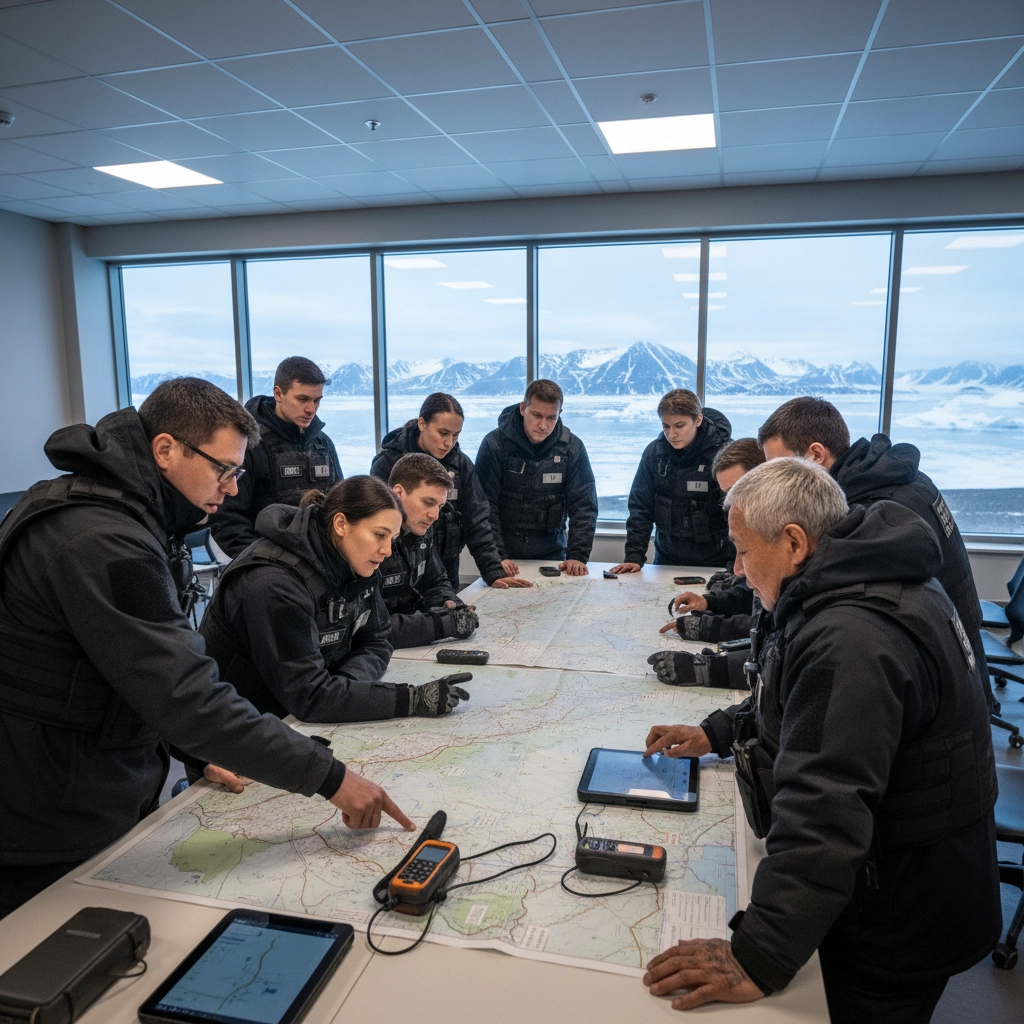
Economic development through security training creates additional community benefits. Professional security certification provides career opportunities for young Inuit adults while strengthening community protective capabilities. These programs must offer pathways to nationally recognized credentials while respecting traditional knowledge systems and cultural values.
SecuGuard Academy's Arctic Training Commitment
Our commitment to supporting Inuit communities extends beyond traditional security training to encompass culturally respectful, community-centered approaches that honor Indigenous knowledge while building modern protective capabilities. We recognize that effective Arctic security depends on genuine partnership with Inuit communities rather than imposed external solutions.
Our specialized Arctic security programs prepare professionals for the unique challenges of northern operations while emphasizing cultural competency and environmental stewardship. Training incorporates traditional knowledge systems alongside modern security techniques, creating more effective and respectful protective services.
Through partnerships with Inuit organizations and community leaders, we continue developing training programs that meet the specific needs of Arctic communities while providing pathways to professional security careers. This approach strengthens both individual opportunities and community protective capabilities.
The future of Arctic security lies in recognizing Inuit communities as essential partners whose traditional knowledge, cultural insights, and permanent presence make them natural leaders in northern protection services. By combining this expertise with professional training and modern capabilities, we create security services that truly serve and strengthen Arctic communities.
For security professionals interested in Arctic specialization or communities seeking culturally appropriate protective services, SecuGuard Academy offers the specialized training and partnership approach necessary for success in these unique and challenging environments.

Comments